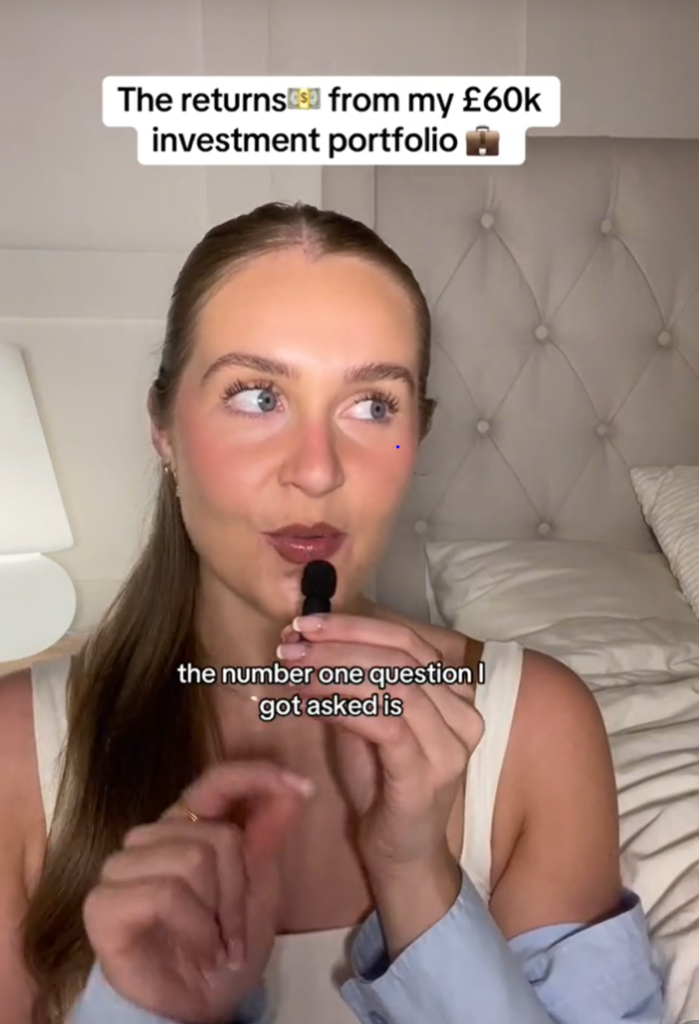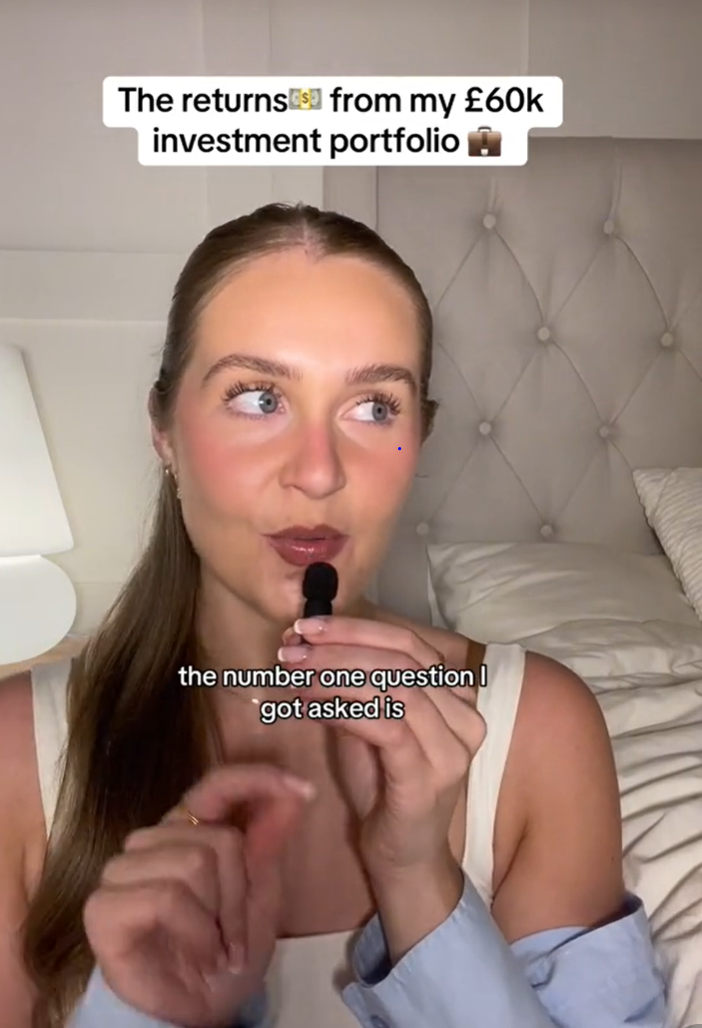
Hey there, finance enthusiasts and curious readers! You might remember my video from yesterday where I shared how I made £60,000 in the stock market after just three years of investing. The response was incredible, and I’m so grateful for all your interest and questions. By far, the most common question I received was, “How much of your own money did you actually invest to get those returns?” Today, I’m going to break it all down for you in detail.
Before we dive in, let’s get the obligatory disclaimer out of the way: I’m not a financial advisor. Everything I know about investing, I’ve learned from YouTube videos, books, and my own experiences. This article is about my personal journey and should not be taken as financial advice. Always do your own research and consider consulting with a professional before making any investment decisions.
A Little About Me
To give you some context, let me share a bit about my personal situation. I’m an account manager working in sales, and this year I’m on track to earn £41,000. Now, I know that’s not a massive salary, but here’s the kicker – I still live at home with my parents. This arrangement has allowed me to keep my expenses incredibly low, which in turn has enabled me to invest a significant portion of my income.
I’m a big believer in minimizing unnecessary expenses. For example, I’ve never had a car on finance – when I needed a car, I saved up and bought it outright. This approach might not work for everyone, especially if you have a mortgage, children, or other significant financial responsibilities. But for me, it’s been a game-changer in terms of freeing up money to invest.
My Investment Strategy
Now, let’s get into the meat of my investment strategy. I’ve spread my investments across three main vehicles:
- Lifetime ISA (Individual Savings Account)
A Lifetime ISA is a fantastic tool for UK residents looking to save for their first home or retirement. The government adds a 25% bonus to your contributions, up to a certain limit each year.
- My total investment: £13,332
- Total returns: £6,540
This return includes both the government bonus and market gains. It’s essentially free money, which is why I always recommend maxing out this account if you’re eligible.
- Vanguard Portfolio
For this portion of my investments, I’ve focused on the S&P 500 index. This index tracks the performance of the 500 largest companies listed on stock exchanges in the United States.
- My total investment: £23,767
- Total returns: £3,351
The S&P 500 has historically provided solid returns over the long term, which is why I chose it for a significant portion of my portfolio.
- Workplace Pension (Legal & General)
Never underestimate the power of a good workplace pension! My employer offers a match of up to 6% of my salary, which I’ve made sure to take full advantage of.
- My investment: £4,881 (over 2 years and 8 months)
- Employer match: £4,881
- Total returns: £1,421
This is another example of ‘free money’ that I wasn’t about to pass up. If your employer offers a match, I strongly encourage you to contribute at least enough to get the full match.
The Big Picture
So, let’s add it all up:
- Total money I’ve invested out of my own pocket: £41,981
- Total ‘free money’ (from government, employer, and market returns): £16,193
That brings the total value of my investments to just over £58,000. The exact figure fluctuates daily with market movements, but it’s hovering around the £60,000 mark I mentioned in my video.
Key Takeaways from My Journey
- Start Early: I began this journey in my mid-twenties. The power of compound interest means that even small investments can grow significantly over time.
- Live Below Your Means: By keeping my expenses low, I’ve been able to invest a much larger portion of my income than many of my peers.
- Take Advantage of ‘Free Money’: Whether it’s government bonuses, employer matches, or tax advantages, make sure you’re not leaving any money on the table.
- Consistent Investing: I’ve made it a habit to invest regularly, regardless of market conditions. This approach, known as dollar-cost averaging, has helped me avoid trying to time the market.
- Educate Yourself: I’ve spent countless hours watching investment videos, reading books, and following financial news. The more you understand, the better decisions you can make.
- Diversification: While my strategy might seem simple, spreading investments across different accounts and focusing on a broad index has provided some level of diversification.
Looking Ahead
While I’m thrilled with the progress I’ve made so far, I know this is just the beginning of my investment journey. I plan to continue learning, adjusting my strategy as needed, and hopefully watching my investments grow over the long term.
I’m also considering branching out into other investment vehicles in the future, such as real estate or individual stocks, but for now, I’m sticking with what’s working.
I hope this detailed breakdown has been helpful and insightful. Remember, everyone’s financial journey is unique. What worked for me might not be the best approach for you, depending on your circumstances, goals, and risk tolerance.
I always enjoy hearing from you, so feel free to leave comments or send messages with your thoughts or questions. While I might not be able to respond to everyone immediately (things have been pretty hectic lately!), I do read every message and appreciate your engagement.
Thank you for taking the time to read about my investment journey. Here’s to financial growth and smart money moves for all of us! 💘💘💘












